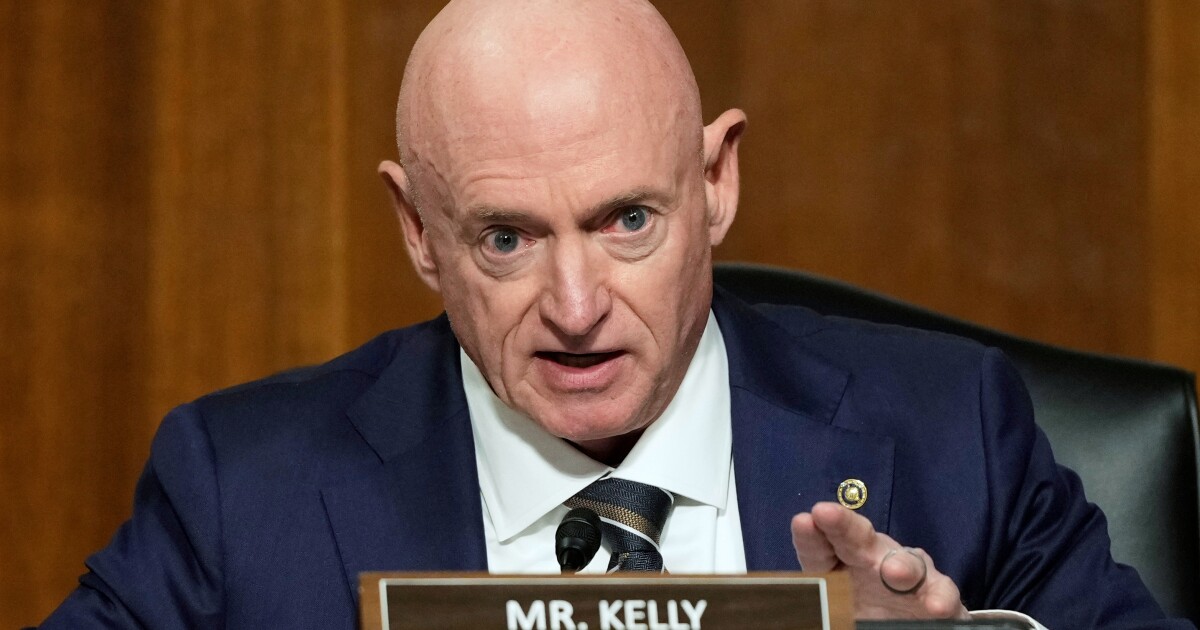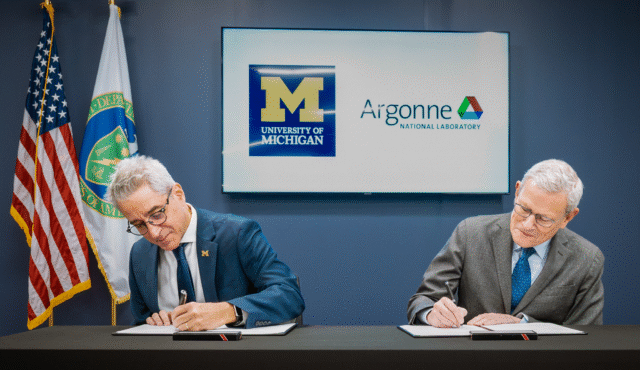Arizona Budget Proposal Sparks Controversy Among State Republicans
Arizona Governor Katie Hobbs’ recent budget proposal has come under fire from Republican lawmakers, who argue that it contains significant errors and discrepancies. This contention has set the stage for a challenging negotiation process between the governor’s office and the state legislature.
Rep. David Livingston, a Republican from Peoria, expressed his concerns over the differences between the governor’s budget projections and those made by legislative analysts. He emphasized the need to resolve these discrepancies before considering specific proposals, such as reducing child care costs and increasing affordable housing. “So I’m frustrated that the numbers don’t add up, not even close, and it makes it very difficult to have real negotiations when it’s a proposal that’s not even real,” Livingston stated.
One major point of contention is the way Gov. Hobbs’ budget addresses the Arizona Health Care Cost Containment System (AHCCCS), the state’s Medicaid program. According to Rep. Matt Gress, a Republican from Phoenix and former budget director under Gov. Doug Ducey, the budget fails to account for any projected growth in AHCCCS enrollment for 2027 and 2028. Gress remarked, “So the executive is forecasting no growth in any cost to provide medical care and that nobody else enrolls in AHCCCS in the next two years, which is unheard of.”
Although the budget projects a 2.15% enrollment growth in 2026 with a 4% increase in capitation rates, it does not extend this forecast into the following two years. Legislative budget staff have indicated that using the Legislature’s projected AHCCCS caseload growth figures could result in a deficit for 2027 and 2028. This could lead to an estimated $846 million in additional expenses, according to Livingston.
Disagreements extend to revenue projections as well. The governor’s team anticipates $56 million more in revenue for the upcoming year than legislative estimates, with a projected difference widening to $126 million the following year. Livingston argues that these discrepancies, coupled with the governor’s new $1 billion spending plan, make the budget unviable. “It’s bankrupt before we even got here today,” he said.
When questioned, Marge Zylla from the governor’s office did not clarify why AHCCSS growth projections were omitted, but she noted that Medicaid costs would be part of future budget discussions. “Certainly, the technical experts at the analyst level forecasting this contemplated a host of things … we’ll continue chatting through any caseload differences across a whole host of agencies,” Zylla explained.
Despite the disagreements, there are elements of the governor’s budget that have found Republican support, such as a proposed 5% pay raise for law enforcement and corrections officers. However, other proposals, such as income restrictions on the state’s school voucher program, face staunch opposition. The governor’s office estimates that these restrictions could save $150 million by altering the program for 9,000 students and reducing voucher amounts for 12,000 families, but Livingston has already voiced his disapproval, stating, “I’m just telling you no now.”
The lack of scheduled meetings between legislative staff and the governor’s office exacerbates the situation, as these discussions are crucial for resolving differences and moving forward with a budget proposal. Livingston has indicated that the Arizona House leadership will not engage in offering financial incentives to individual lawmakers to secure votes, a strategy previously employed to pass budgets. “We do not believe in earmarks,” Livingston declared. “This leadership team and I, we will not be doing that.”
For more details on the projected budget discrepancies, see the legislative budget comparison report. Additionally, insights into past budgeting strategies can be found in reports by KJZZ and Arizona Agenda.
—
Read More Arizona News










